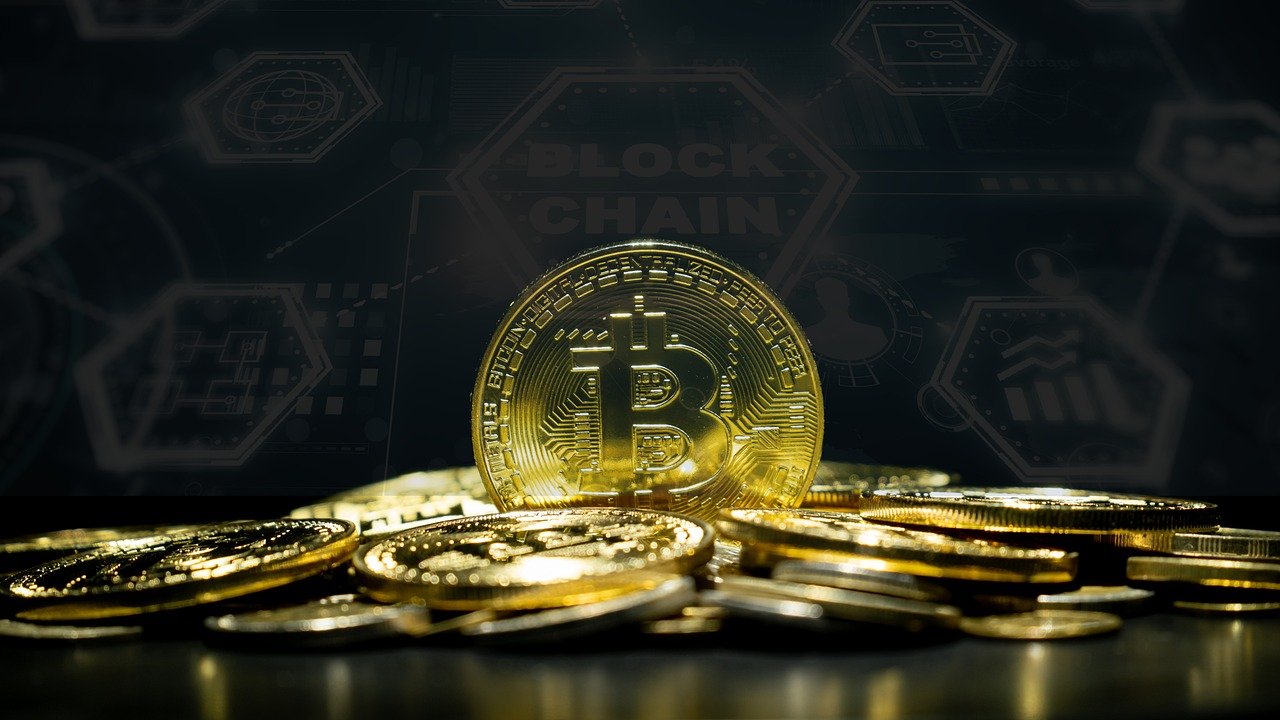Decentralized Finance, or DeFi, is rapidly transforming the financial landscape, promising a more open, transparent, and accessible system for everyone. Moving away from traditional intermediaries like banks and brokers, DeFi leverages blockchain technology to offer a range of financial services, from lending and borrowing to trading and investing. This guide provides a comprehensive overview of DeFi, its key concepts, benefits, and potential risks, empowering you to navigate this exciting and evolving space.
What is DeFi?
Defining Decentralized Finance
DeFi refers to financial applications built on blockchain technology, primarily Ethereum. Instead of relying on centralized institutions, DeFi uses smart contracts – self-executing agreements written in code – to automate and manage financial transactions. This decentralization aims to reduce costs, increase efficiency, and provide greater control to users over their assets.
- Key Components:
Blockchain Technology (e.g., Ethereum)
Smart Contracts
Decentralized Applications (dApps)
Cryptocurrencies and Stablecoins
How Does DeFi Work?
At its core, DeFi operates using smart contracts deployed on a blockchain. These contracts define the rules and conditions for financial interactions. For example, a lending protocol smart contract dictates interest rates, loan collateral requirements, and repayment schedules. When users interact with a dApp built on top of these smart contracts, they are essentially engaging with the automated financial services encoded within. Transactions are recorded on the blockchain, providing a transparent and immutable record.
Example: Consider a decentralized lending platform like Aave. A lender deposits their cryptocurrency (e.g., ETH) into a liquidity pool. A borrower can then take out a loan from this pool by providing collateral, also in the form of cryptocurrency. The smart contract automatically manages the loan, including interest accrual and collateral liquidation if the borrower fails to meet the terms.
Key DeFi Applications
Decentralized Exchanges (DEXs)
DEXs are platforms that allow users to trade cryptocurrencies directly with each other, without the need for a central intermediary. They use automated market makers (AMMs) to provide liquidity and facilitate trading. Instead of order books matching buyers and sellers, AMMs use mathematical formulas to determine the price of assets.
- Benefits of DEXs:
Greater control over your funds.
Reduced risk of censorship.
Potential for lower fees.
Access to a wider range of tokens.
Example: Uniswap is a popular DEX that utilizes an AMM model. Users can swap tokens by connecting their wallet to the platform. The price of the tokens is determined by the ratio of the tokens in the liquidity pool. Liquidity providers are incentivized to provide tokens to the pool as they earn a portion of the trading fees.
Lending and Borrowing Platforms
DeFi lending platforms connect lenders and borrowers directly, cutting out traditional banks. These platforms typically require borrowers to provide collateral in the form of cryptocurrency, which is then used to secure the loan. Interest rates are often determined algorithmically, based on supply and demand.
- How it Works:
Lenders deposit crypto assets into a lending pool.
Borrowers borrow assets by providing collateral.
Interest rates are dynamically adjusted based on utilization.
Smart contracts automate the lending and borrowing process.
Example: Compound is a lending protocol where users can lend and borrow various crypto assets. Lenders earn interest on their deposited assets, while borrowers can access loans without needing to go through a traditional financial institution. Compound automatically adjusts interest rates based on market conditions and the supply and demand for each asset.
Stablecoins
Stablecoins are cryptocurrencies designed to maintain a stable value, typically pegged to a fiat currency like the US dollar. They play a crucial role in DeFi by providing a stable medium of exchange and reducing price volatility. This stability is essential for activities such as lending, borrowing, and trading.
- Types of Stablecoins:
Fiat-collateralized (e.g., USDT, USDC) – backed by reserves of fiat currency.
Crypto-collateralized (e.g., DAI) – backed by reserves of other cryptocurrencies.
Algorithmic stablecoins (e.g., FRAX) – maintain stability through algorithmic mechanisms.
Example: DAI is a decentralized stablecoin pegged to the US dollar and backed by a basket of cryptocurrencies held in a smart contract. Users can create DAI by locking up their ETH or other supported cryptocurrencies as collateral. The stability of DAI is maintained through a complex system of incentives and governance mechanisms.
Benefits of DeFi
Accessibility and Inclusivity
DeFi can provide access to financial services for individuals who are underserved by traditional financial systems. Anyone with an internet connection and a cryptocurrency wallet can participate in DeFi, regardless of their location or credit history. This inclusivity has the potential to empower individuals in developing countries and those who lack access to traditional banking services.
- Benefits:
No credit checks or KYC requirements on some platforms.
Global access to financial services.
Potential to bypass traditional intermediaries.
Transparency and Efficiency
DeFi transactions are recorded on a public blockchain, providing a transparent and immutable record of all activity. This transparency can help to reduce fraud and increase trust in the system. Additionally, smart contracts automate many financial processes, leading to greater efficiency and lower costs.
- Key Aspects:
Transactions are publicly verifiable on the blockchain.
Smart contracts automate processes, reducing manual errors.
Lower fees compared to traditional finance.
Control and Autonomy
DeFi puts users in control of their own assets. They can manage their funds directly from their wallets without the need for intermediaries. This control can empower users to make their own financial decisions and take advantage of new opportunities.
- User Empowerment:
Direct control over your funds.
Ability to participate in governance.
Access to innovative financial products and services.
Risks and Challenges of DeFi
Smart Contract Risks
Smart contracts are written in code, and like any code, they can be vulnerable to bugs and exploits. If a vulnerability is discovered in a smart contract, attackers can potentially steal funds or manipulate the system. Auditing and security best practices are essential to mitigate these risks.
- Mitigation Strategies:
Thoroughly audit smart contracts by reputable security firms.
Implement bug bounty programs to incentivize security researchers.
Use formal verification methods to mathematically prove the correctness of smart contracts.
Regulatory Uncertainty
The regulatory landscape for DeFi is still evolving, and there is uncertainty about how regulators will approach this new technology. Changes in regulation could potentially impact the legality and viability of certain DeFi applications. Staying informed about regulatory developments is crucial.
- Staying Informed:
Follow industry news and regulatory announcements.
Consult with legal professionals specializing in cryptocurrency and DeFi.
Engage with regulatory bodies to advocate for responsible innovation.
Impermanent Loss
Impermanent loss is a risk for liquidity providers (LPs) in AMMs. It occurs when the price of the assets in a liquidity pool diverges, causing the LP to potentially lose value compared to simply holding the assets. Understanding and managing impermanent loss is crucial for LPs.
- Understanding Impermanent Loss:
The greater the price divergence, the greater the potential impermanent loss.
LPs earn trading fees to compensate for impermanent loss.
* Choosing liquidity pools with less volatile assets can help mitigate impermanent loss.
Conclusion
DeFi represents a paradigm shift in the world of finance, offering greater accessibility, transparency, and control. While the space is still nascent and carries inherent risks, its potential to disrupt and improve traditional financial systems is undeniable. By understanding the key concepts, applications, benefits, and risks of DeFi, individuals can make informed decisions about how to participate in this exciting new ecosystem. Continuously learning and staying updated on the latest developments is crucial for navigating this rapidly evolving landscape.



